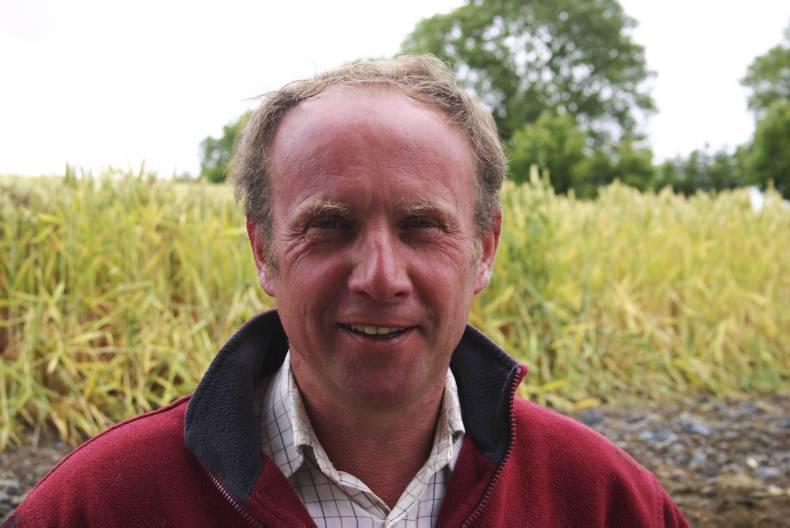If he doesn’t recover fully, he’ll turn into a screw.’’
I hadn’t heard the term ‘screw’ used in relation to a bullock for a very long time, not since back in the day when we were essentially cattle farmers with some tillage.
I had asked the vet to look at a sick animal which it transpired was suffering from hoose pneumonia, brought about by lungworm.
I’ve never known adult cattle cough as much as they have this year, despite dosing. I’m sick buying Closamectin.
But back in the era of the screw, lungworm was rife and wormers were less effective. It was Nilverm or, more usually, nothing. Screws were bullocks who suffered from chronic lung damage and morphed into what we called an ‘awful looking yoke.’
Such an animal might eventually make it into the human food chain after about five years, if he lived that long.
By then he’d have a full mouth, a big auld thick head and the sagging body of an ass.
All of which reminds me of a story related to that time.
Every Saturday morning from high summer to autumn, all of the cattle on the farm would be rounded up for the weekly draw, where my father would pick off the fat cattle to be sold.
The bullock yard would be heaving with hundreds of Hereford X cattle – with only an odd Charolais sprinkled in, as they were as rare as a blonde hedgehog and viewed with suspicion.
Nicholas Carr, the elderly herder would stand in the gate of the drawing pen, nail-tipped ash plant in hand. The bullock yard is on a slope and he was at the high end surveying all.
Nothing got through that gate without his approval.
The credibility of the farm was at stake and only very fit, mud-fat animals were acceptable.
As kids we’d trickle the odd screw up to Carr to see his response, which was typically colourful.
Screws were notoriously awkward and devious cattle, after a lifetime of being goaded and with more needle pricks than a pin cushion.
Dad would encourage our fun because if you separate a screw out from the milling herd, you could do anything.
Sacred stock
Now, while Carr accepted the authority of the boss, he was not afraid to challenge it. On many occasions, my father would select a nice ultra-fit red whitehead and offer him up to Carr at the gate.
‘’You needn’t be looking at that bullock, boss, ‘cos he’s not yours.’’
My father’s authority was seldom challenged and with his patience wearing thin, he would caustically enquire as to whose bullock it was.
“That’s Father Sheridan’s bullock and don’t touch him.’’
In those days, most of the farms around kept a few cattle for the local parish priest.
Despite being of a different persuasion, my father always obliged – who knows, better to keep all options open for the pearly gates?
Father Sheridan, in particular, clearly had little need for mammon and his cattle remained with us for years.
In fact, the wily parish priest would amass a sizeable herd of fat cattle to which my father’s seasoned eye would be drawn. But Carr was the earthly custodian of what were sacred stock and any covetous eye, albeit mistakenly, was reprimanded.
However times moved on, animal traceability and passports did away with the practice and the priests had to look elsewhere for funds.
My father and Carr have long since departed to the great drawing pen in the sky.
But the screw has returned.






 This is a subscriber-only article
This is a subscriber-only article









SHARING OPTIONS: